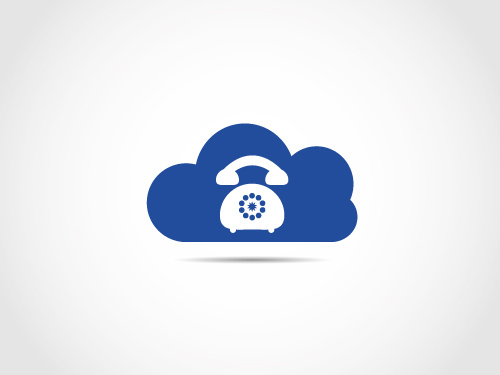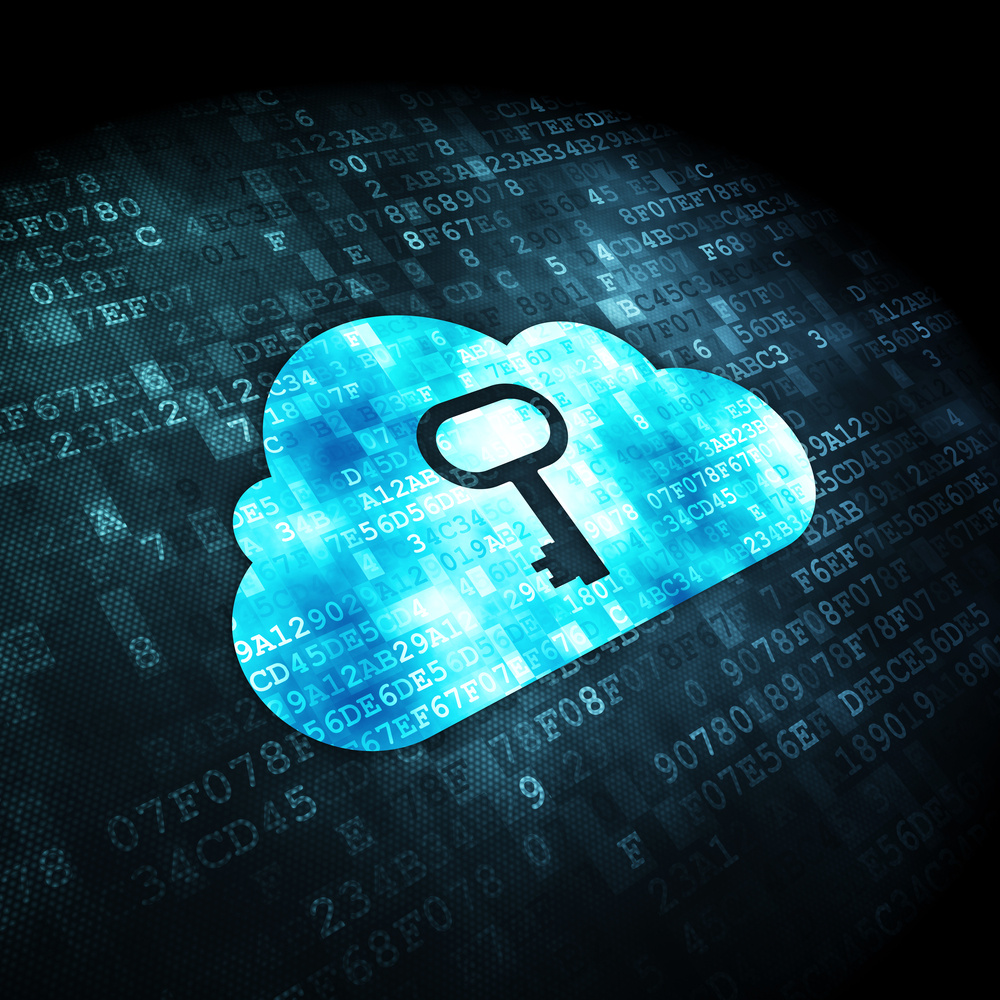Touchscreen smartphones and tablets are making waves in the world of corporate IT. Many companies are eager to utilize the technology despite the fact that many of these devices don’t meet all security needs. However, cloud technology has made security and device management relatively easy.
The innovation of Bring Your Own Device (BYOD) policies has made security a primary concern for companies. InformationWeek’s 2013 State of Mobile Security discovered that 20 percent of responding companies were developing BYOD policies while 68 percent already had them in place. This means that 88 percent of those respondents are or will soon be implementing BYOD.
As a result of the growing popularity of business mobilization, mobile device management (MDM) solutions were recently developed so companies can use this beneficial technology without compromised security. Another name for mobile device management that has been used is “enterprise mobility management” (EMM). This name refers to MDM’s focus beyond simply mobile device management in an enterprise.
There are many advantages to using cloud technology to manage mobile devices.
Why Choose Cloud MDM/EMM?
Many businesses aren’t sure whether to use on-premises MDM/EMM or make it cloud-based. If it is offered, cloud-based MDM/EMM is ideal for a variety of reasons. One of the main reasons to use MDM/EMM in the cloud is because of the eliminated costs associated with using a new server. Another benefit is that the service provider will normally be responsible for any updates that are released, keeping your systems up to date at all times.
In addition, there is no functionality lost when using cloud-based MDM/EMM. Cloud technology offers the same capabilities as on-site applications.
A Reliable Mobility Policy Is Everything
A solid mobility policy should be a primary concern in cloud-based MDM/EMM. It should cover all pertinent devices and address proper use and security responsibilities. This policy should be thorough in a number of ways, covering:
- All mobile devices, including the specific models and operating systems that will be offered
- The types of employees who will receive devices from the company vs. those involved in BYOD
- Implementation procedures and steps for retiring devices once employees leave
- Specific security steps to avoid stealing of information and data
There are many other factors that a policy should cover as well, leaving no room for outdated information or exploitable loopholes.
How MDM/EMM Is Being Used
Businesses that are particularly trusting can rely on employees to follow the strict policy associated with mobile devices, or they can choose to let a mobile device management (MDM) system ensure that there is no violation.
MDM used to be exclusively for BlackBerry devices, but has since been developed to cover iPhones and many other types of devices used in the workplace. Some of the aspects of MDM/EMM that have carried over to newer devices include:
- Security – MDM ensures that all data is encrypted and password protected, and prevents both rooting and jailbreaking.
- Application Management – Certain mobile apps can be either blacklisted or whitelisted, depending on a company’s preferences.
- Containerization – A secure container is created to store all company data and personal data as well.
Choosing MDM/EMM Providers
Using cloud-based MDM/EMM for company mobile devices and BYOD will help improve a company’s efficiency as well as reduce the costs of on-premises solutions. In addition, security measures are expanded, with a wide range of devices employing the same level of security. Overall, using an MDM/EMM provider helps ensure that IT personnel can effectively keep systems secure.



